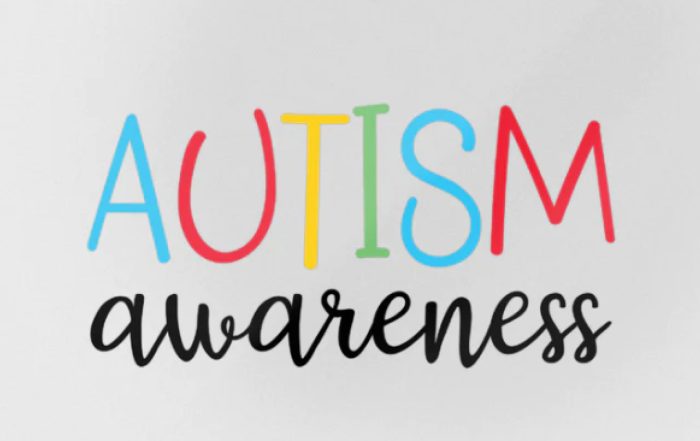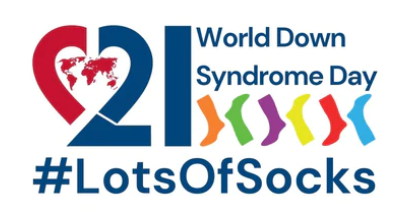The term “Intellectual and Developmental Disability” (I/DD) is designed to be as inclusive as possible. This diverse community is made up of individuals with their own unique strengths and challenges, and experiences vary tremendously from one person to the next.
So what exactly does it mean to have an intellectual or developmental disability, and what is the distinction between them? It’s helpful to think of “developmental disability” as an umbrella term that encompasses both physical and cognitive differences. Intellectual disabilities, on the other hand, are a subcategory of developmental disabilities that doesn’t include differences that are strictly physical in nature.
 What is an intellectual disability?
What is an intellectual disability?
An intellectual disability is a difference that appears during childhood (before the age of 18) that significantly impacts a person’s ability to learn, reason, communicate, socialize, or perform self-care tasks. While there is a lot of variation in how individuals are impacted by an intellectual disability, the effects are expected to be lifelong.
Some intellectual disabilities are genetic, while some are acquired during childhood or fetal development. Injuries, exposure to toxins, environmental factors, and childhood health problems can contribute to these cognitive and neurological differences.
Some of the most common syndromes associated with intellectual disabilities are:
- Down Syndrome
- Fetal Alcohol Spectrum Disorder (FASD)
- Fragile X Syndrome
- Prader-Willi Syndrome (PWS)
- Autism Spectrum Disorder (ASD)
- Traumatic Brain Injury (TBI)
What is a developmental disability?
Developmental disabilities include intellectual disabilities as well as physical ones. Some conditions, like blindness or muscular dystrophy, may not impact cognitive functioning at all, while others tend to create both physical and intellectual differences.
Because some diagnoses, like epilepsy and cerebral palsy, may or may not contribute to learning challenges, “developmental disability” is a helpful term that doesn’t assume anything about an individual’s unique situation.
Developmental disabilities appear before the age of 22 and have an ongoing impact on the activities of daily living. Like intellectual disabilities, they may have genetic, physical, or environmental causes.
How are intellectual and developmental disabilities classified? 
One of the key differences between intellectual and developmental disabilities is the way they are classified.
Intellectual disabilities are stratified according to severity:
- Mild
- Moderate
- Severe
- Profound
By contrast, developmental disabilities are more often classified by their specific diagnosis. Because the specific impact of a developmental difference varies so much between people, it’s best to avoid making assumptions about any individual’s experience before getting to know them.
Do intellectual or developmental disabilities affect intelligence?
While specific intellectual disabilities can be associated with a lower-than-average intelligence quotient (IQ), there are many ways to measure intelligence. Differences in the way that some I/DD individuals learn or express themselves often mean that traditional inventories don’t really reflect their true cognitive abilities. Furthermore, many people with developmental disabilities are intellectually and neurologically typical.
The only way to know the scope of a person’s differences is to take the time to get to know them. Interact with members of the I/DD community the same way you would anyone else unless you’re told otherwise. You may be blown away by a new friend’s unique perspective.






